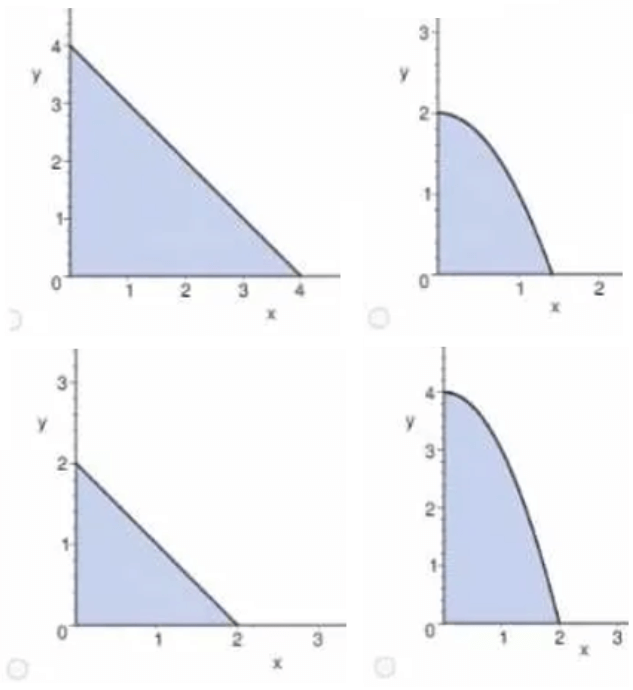HYPERBOLIC FUNCTIONS
There are certain combinations of ex’s that occur often enough to earn their own particular names. For geometric reasons, these are called the hyperbolic functions. As we are probably aware, the trigonometric functions are sometimes called the circular functions because of the relationships between the trigonometric functions and the coordinates of the points on the unit circle
x2 + y2 = 1
The hyperbolic functions have a similar relation with the coordinates of the points on the hyperbola
x2 - y2 = 1
The two basic hyperbolic functions are defined by
The remaining hyperbolic functions are defined in terms of the hyperbolic sine and hyperbolic cosine by formulas that ought to remind you of similar trigonometric formulas.
Hyperbolic Identities
Just about every trigonometric identity you know has an analog for the hyperbolic functions, sometimes with a sign changed from + to -, or visa versa.
For example, for the trigonometric functions we know that
sin2x + cos2 x = 1
for all x.
For the hyperbolic functions, we have the analog
cosh2x - sinh2 x = 1
for all x.
Such analogies are easy to prove simply by doing the algebra.
Hyperbolic Derivatives
The analogies carry over to the differentiation formulas. Since the hyperbolic functions are simple combinations of ex’s, they are duck soup to differentiate, and the resulting formulas will remind you of similar formulas for the trigonometric functions, but with an occasional sign change again, just to keep you on your toes.
(sinh x)' = cosh x
(cosh x)' = sinh x
(tanh x)' = sech2 x
(coth x)' = -csch2 x
(sech x)' = -sech x ⋅ tanh x
(csch x)' = -csch x ⋅ coth x
Inverse Hyperbolic Functions
There are three inverse hyperbolic functions that crop up fairly often. The hyperbolic sine and hyperbolic tangent are one-to-one functions (check out their graphs!), and so they will each have an inverse on their entire domain. For the hyperbolic cosine, the domain must be restricted to produce a one-to-one piece of the function. In fact, the domain is taken to be the interval [0, +∞).
It is an interesting algebraic exercise to find the formulas for the inverse hyperbolic functions. Once the formula for the inverse hyperbolics are known, finding their derivatives is easy since these inverse are just natural logarithms of algebraic functions.
Alternatively, the derivatives of the inverse hyperbolic functions can be found using implicit differentiation pretty much following the same pattern that was used for the inverse trigonometric functions.
Hyperbolic Integration
As always, new differentiation formulas yield new integration formulas. Here is a list of the the most frequently needed new integration formulas.
Kindly mail your feedback to v4formath@gmail.com
We always appreciate your feedback.
©All rights reserved. onlinemath4all.com
Recent Articles
-
AP Calculus AB Problems with Solutions (Part - 10)
Feb 06, 25 09:46 AM
AP Calculus AB Problems with Solutions (Part - 10) -
AP Calculus AB Problems with Solutions (Part - 8)
Feb 05, 25 12:22 PM
AP Calculus AB Problems with Solutions (Part - 8) -
AP Calculus AB Problems with Solutions (Part - 9)
Feb 05, 25 12:15 PM
AP Calculus AB Problems with Solutions (Part - 9)
